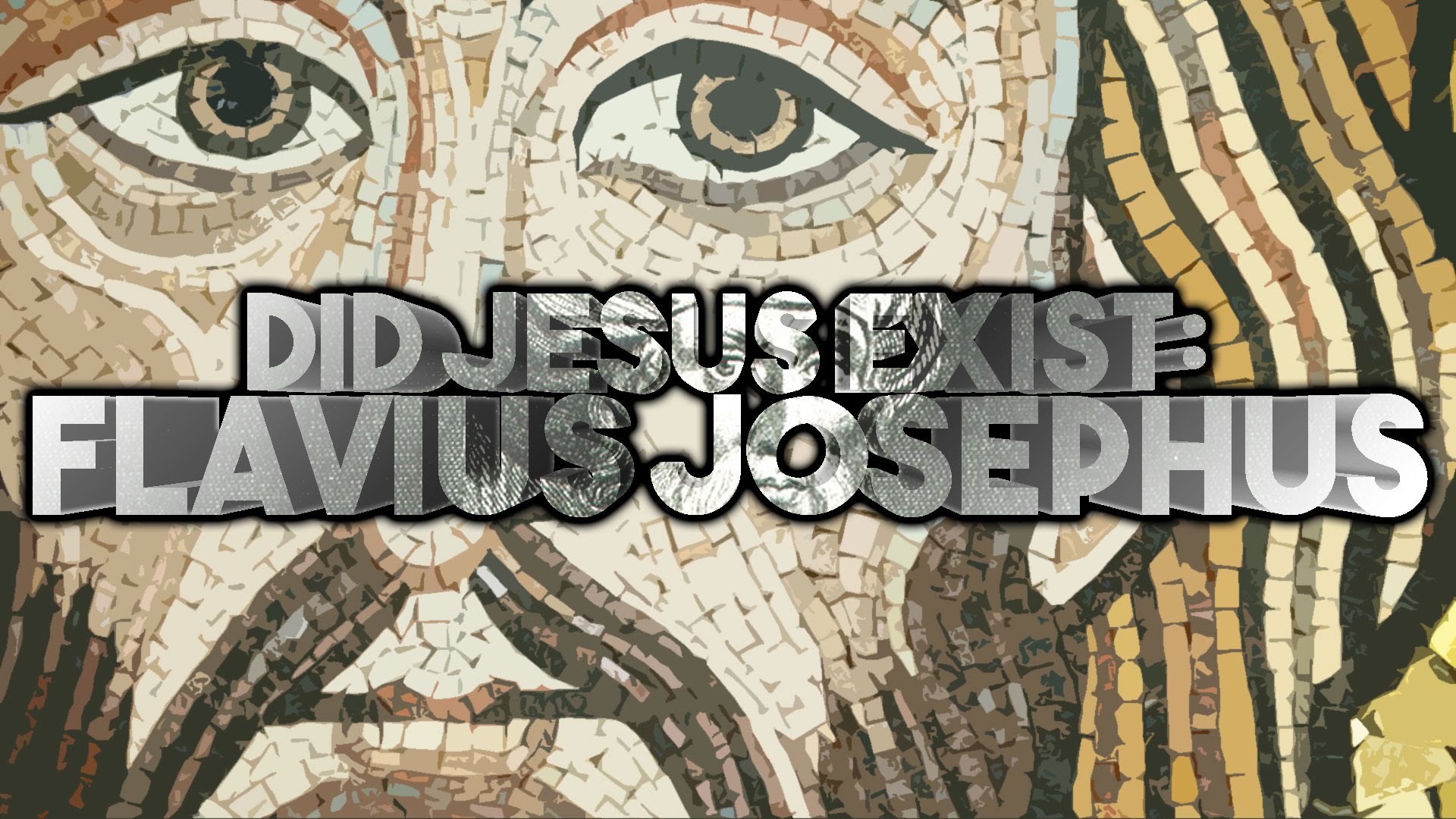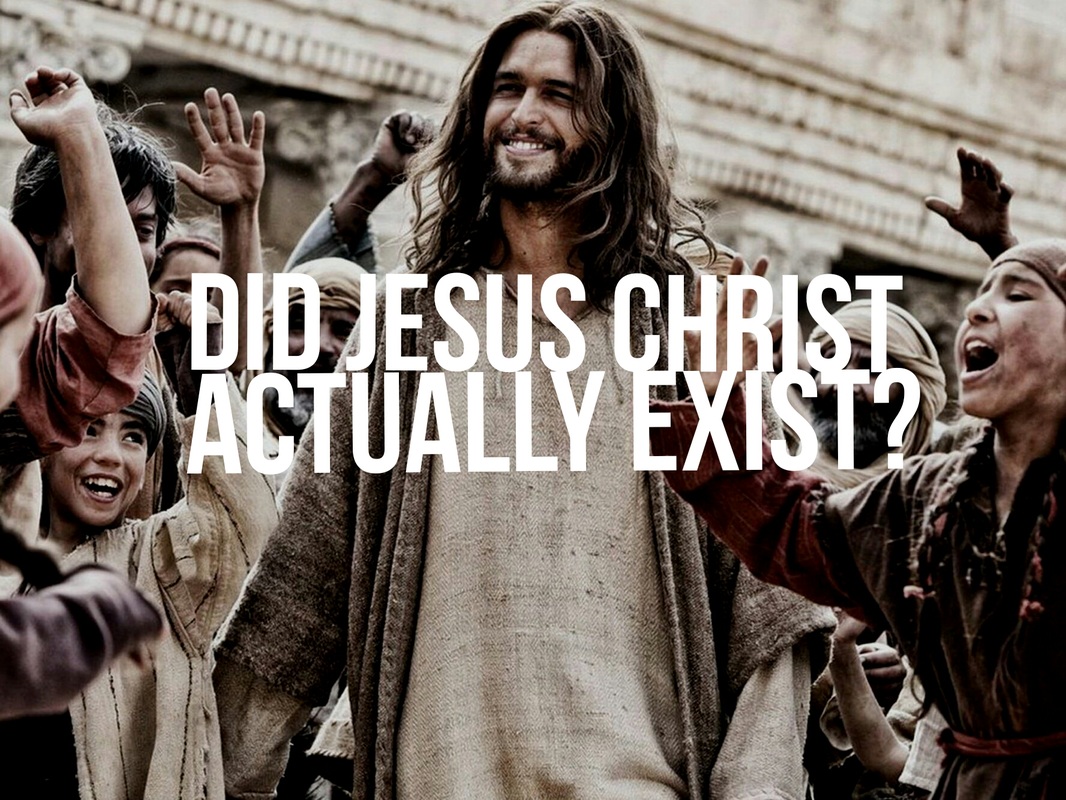My latest for Catholic Answers Magazine.
Once, in Jerusalem, I was privileged to attend Mass with a group of Catholics who had converted from Judaism and celebrated the Mass in Hebrew. None of those present who had come to believe in Yeshua HaMashiach (Jesus the Messiah) would have said they had “changed religions.” They didn’t view the Catholic Church as a new religion that had replaced Judaism—rather, it was Judaism, but with the Messiah having come.
For these converts, many facets of New Covenant worship evoked elements of the Old: features such as the tabernacle, the ambo, and the altar made sense to them in a way that they may not for those who convert to Catholicism from non-Christian or Protestant Christian backgrounds. And the similarities didn’t end with liturgy. They didn’t see Catholicism’s doctrines as something foreign, either. Rather, they saw the continuity, the inner logic, of Jesus’ teachings vis-a-vis the Old Testament.
Considering that Jesus of Nazareth was a faithful Jew, this really shouldn’t be a surprise. Yet throughout the centuries until now, many theologians and scholars have believed the opposite: that Jesus broke clean with the Old Covenant religion of his day, railing against its “legalism” and focusing instead entirely on God’s mercy and love.
Without a doubt, Jesus delighted in dispensing God’s mercy to those who repented of sin. But there is no opposition between mercy and law. In fact, in so many ways, God’s law is an expression of his mercy. A careful reading of the New Testament shows that Jesus was in no way opposed the law given to Moses.
Open your Bible and let’s take a look together.
For example: in the Gospel of Matthew Jesus gives five major discourses that represent the crucial emphases of his teaching that the evangelist wished to impart to his audience. The first is the Sermon on the Mount, in chapters 5-7. The second is the Missionary Discourse in chapter 10, followed by the Parabolic Discourse in chapter 13 and the Community Discourse in chapter 18. The fifth and final speech is the Eschatological Discourse in chapters 24-25.
We have several reasons to believe that Matthew intentionally arranged this material into five “teaching blocks.” First, there are literary clues. Each discourse concludes with the verb telein (“to finish”—cf. Matt. 7:28, 11:1, 13:53, 19:1, 26:1). This corresponds to verbiage from the Pentateuch: “When Moses finished (suntelein) speaking all these words” (Deut. 31:1; cf. Num. 16:31; Deut. 31:24, 32:45).
I’ve discussed elsewhere how Jesus is presented in Matthew as a new Moses. Matthew’s arrangement of Christ’s teaching into five narrative segments is meant to allude to the five books of Moses, the first five books of the Hebrew Bible. Why? In large measure to deal with the allegations of some Jews that Jesus and his followers intended to abolish the Law of Moses. This is an important theme in Matthew’s Gospel, intended as it is for a primarily Hebrew audience.
The number five (are you sensing a theme here?) comes into play most clearly in the material following Matthew 5:17-20, which is the key passage, in many ways, to understanding the Sermon on the Mount. In these verses, Jesus explains that he has “not come to abolish the law, but to fulfill” (v. 17), and that “until heaven and earth pass away, not one letter, not one stroke of a letter, will pass from the law until all is accomplished” (v. 18). Jesus also states that lawbreakers (such as he is accused of being) “will be called least in the kingdom of heaven; but whoever does them and teaches them (the commandments of the law) will be called great in the kingdom of heaven” (v. 19).
Then Jesus states that, in order to enter the kingdom of heaven, one’s “righteousness” must be greater than that of the scribes and Pharisees (v. 20). This is truly a remarkable statement, because in Jesus’ day those very scribes and Pharisees were considered theauthority on the interpretation of the Law of Moses.
This highlights the main issue: who has the true interpretation of the law? Jesus and his followers? The Pharisees and scribes? Some other group?
Jesus goes on to show, by means of a series of five “antitheses” (“You have heard it said . . . but I say to you”), that his interpretation of the law, as practiced by himself and his followers, is the true interpretation—and indeed, the fulfillment—of the law given to Moses. These five antitheses correspond to the five fulfilments of Old Testament prophecy given in the infancy narrative of Matthew (1:22-23, fulfilling Isaiah 7:14; 2:5-6, fulfilling Micah 5:2; 2:15, fulfilling Hosea 11:1; 2:17-18, fulfilling Jeremiah 31:15; and 2:23, which summarizes Judges 13:5 and Isaiah 11:1). Together, they make a powerful case that Jesus has come to fulfill the law and the prophets.
Specifically, the five antitheses of the Sermon on the Mount fulfill five aspects of the books of Moses: Deuteronomy 5:17 is fulfilled in Matthew 5:21; Exodus 20:14 is fulfilled in Matthew 5:27; Leviticus 19:12 is fulfilled in Matthew 5:33; Exodus 21:23-25 is fulfilled in Matthew 5:38; and Leviticus 19:17-18 is fulfilled in Matthew 5:43.
Many “historical Jesus” scholars, when assessing whether Jesus could have plausibly taught what the Gospels claim he did, are fond of employing something called the criterion of double dissimilarity. “If something sounds too much like the teaching of Judaism,” the thinking goes, “or too much like later Church teaching, Jesus probably didn’t say it.” That has always sounded ridiculous to me, considering that Jesus was Jewish and that he founded the Church! We should expect to find an abundance of continuity between the Old Testament, the teaching of Jesus, and that of the Church. And this is exactly what we do find.
And here’s one final, commonsense fact: if Jesus, as many caricatures of him suggest, really represented a radical break with Jewish teaching, there is simply no plausible way he would have garnered such a massive following among his fellow Israelites. No one would have believed that he was the promised Messiah if he had rejected the Law of Moses!
It seems reasonable, then, to believe the opposite, which is exactly what Jesus set out to do: not to abolish the law but to fulfill it (Matt. 5:17).


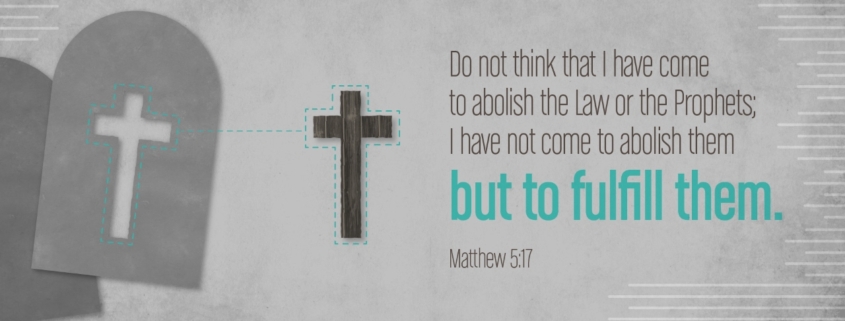
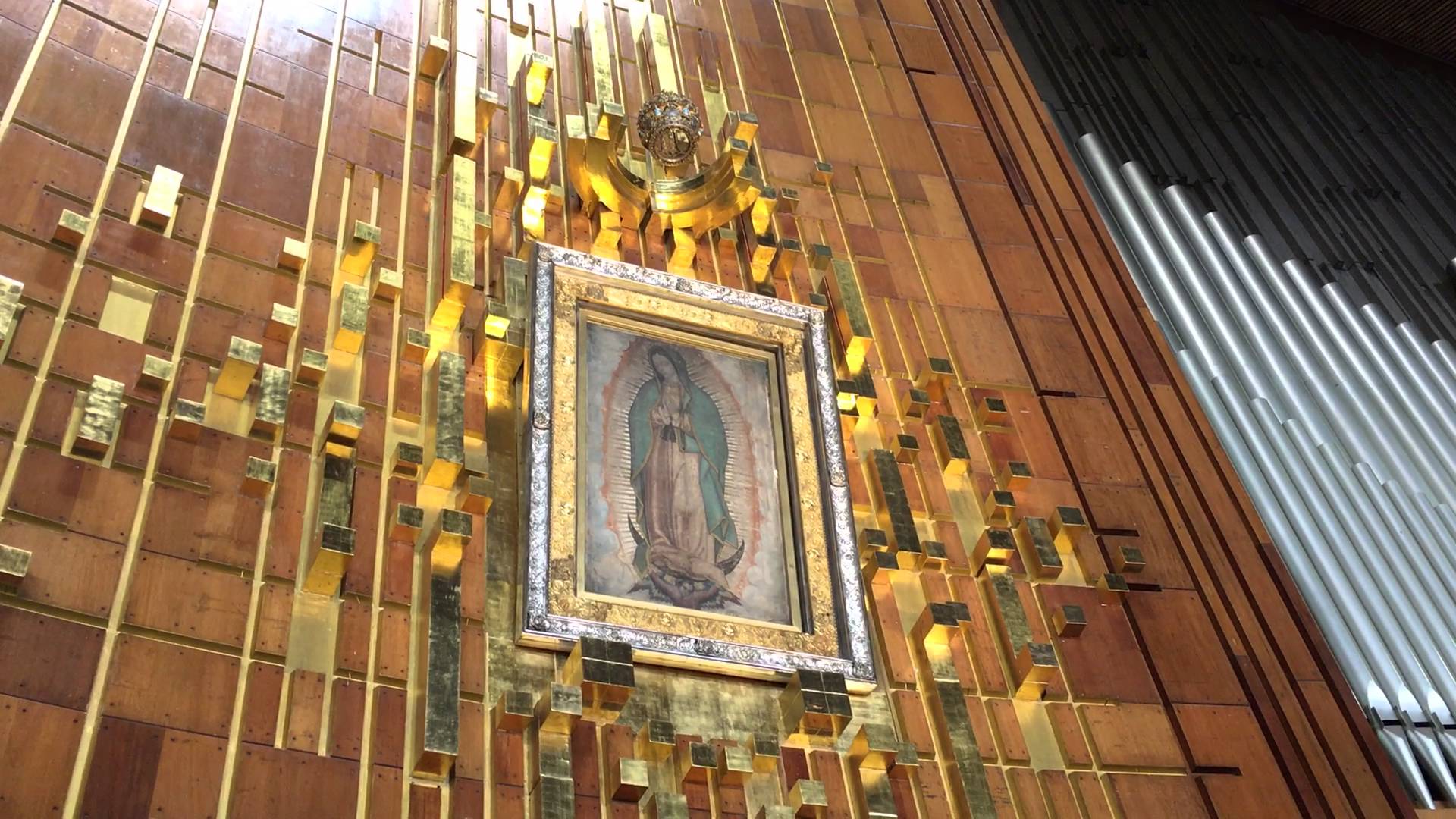



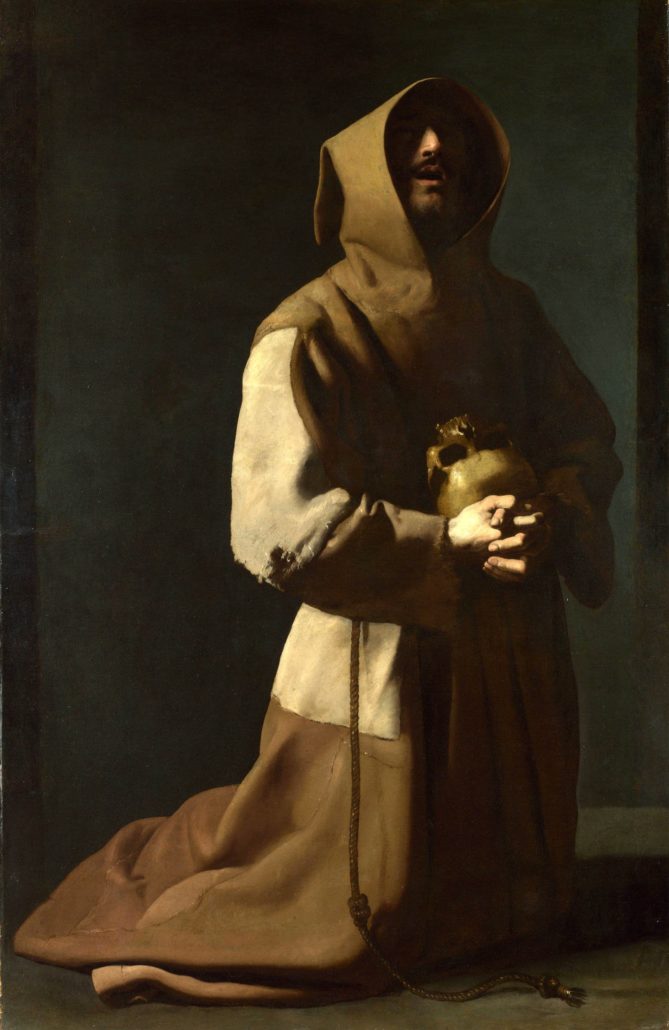
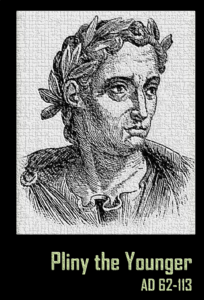 Pliny the Younger is another valuable historical source for information on Jesus and the early Church. Pliny was the governor of the Roman province of Bithynia, located in Asia Minor. In the year 112 AD, he wrote to the Emperor Trajan, asking how he should deal with those in his region who have been accused of being Christians.
Pliny the Younger is another valuable historical source for information on Jesus and the early Church. Pliny was the governor of the Roman province of Bithynia, located in Asia Minor. In the year 112 AD, he wrote to the Emperor Trajan, asking how he should deal with those in his region who have been accused of being Christians.